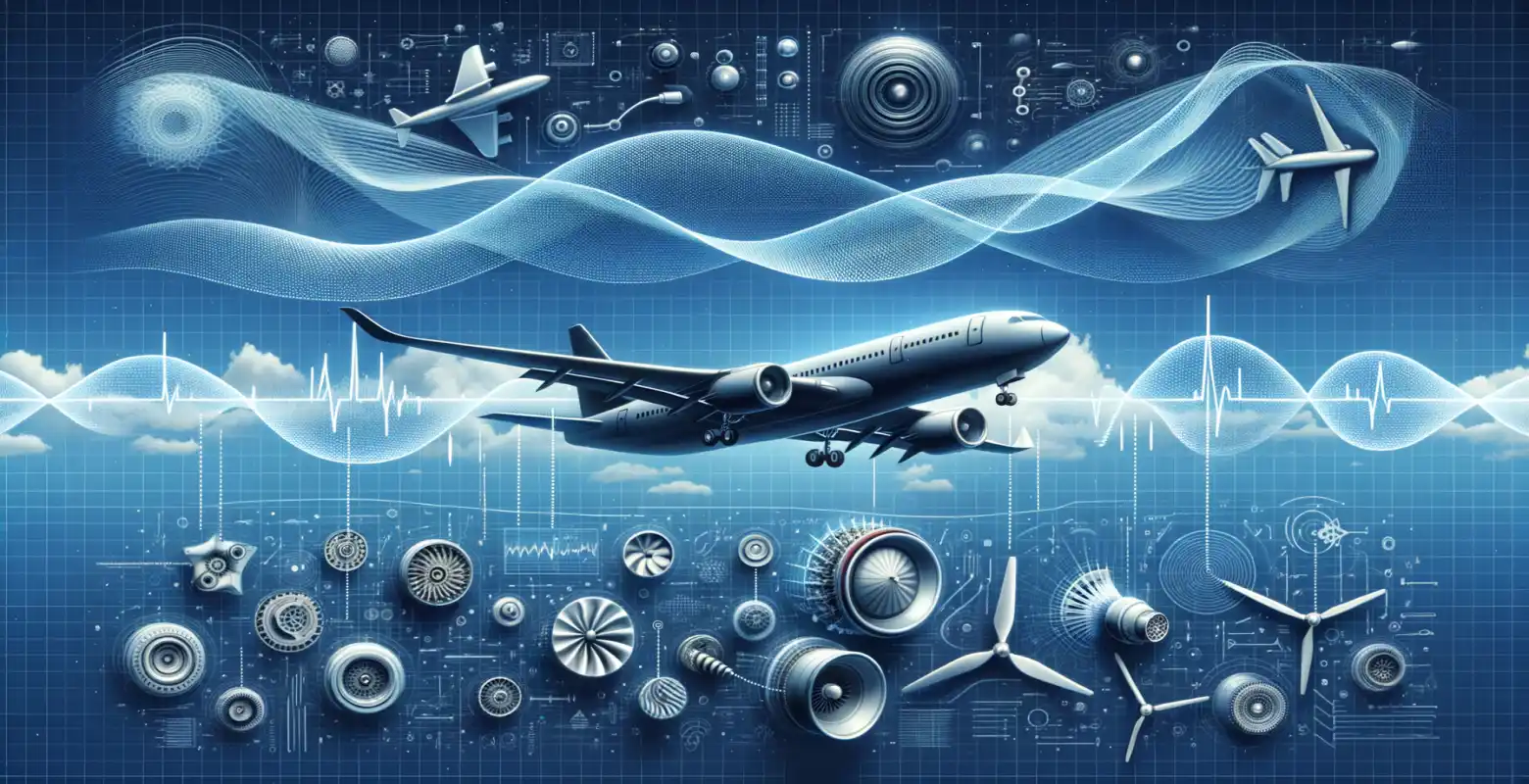Technologies reducing aircraft noise
Introduction
Aviation noise is one of the key challenges facing the modern aviation industry. With the increasing number of flights and advancing aviation technologies, the issue of noise emissions is becoming more pressing. It not only affects the natural environment but also the health and quality of life of people living near airports. In this article, we will explore technologies aimed at reducing aviation noise, their significance, and future trends in this field. Understanding these technologies is crucial for the further sustainable development of aviation.
Significance of Aviation Noise Reduction
Reducing aviation noise is crucial for improving the quality of life for residents living near airports. Noise can lead to health problems such as sleep disturbances, stress, and even cardiovascular diseases. Additionally, noise impacts the natural environment, disrupting the lives of wildlife. Therefore, the development and implementation of effective noise reduction technologies are a priority for the aviation industry.
Historical Approach to Noise Reduction
Over the past few decades, the aviation industry has undertaken various initiatives to reduce noise emissions. In the 1970s and 1980s, the focus was mainly on improving aircraft and engine designs. The introduction of high-bypass turbofan engines was a milestone in this field, leading to a nearly 50% reduction in noise emissions compared to earlier models.
Modern Noise Reduction Technologies
Contemporary aviation noise reduction technologies are significantly more advanced and encompass many innovative solutions. Here are a few of them:
1. Advanced Composite MaterialsNew composite materials are lighter and more durable, allowing for the construction of quieter and more efficient aircraft. By using such materials, it is possible not only to reduce the aircraft's weight but also to improve sound absorption.
2. Aerodynamics and Wing DesignModern wing designs, such as those with Winglet tips, help reduce noise emissions by minimizing turbulence. Wings with improved aerodynamics reduce air resistance, contributing to reduced noise levels.
3. Adaptive Control SystemsThese systems can dynamically adjust flight parameters depending on current conditions, optimizing engine performance and reducing noise.
Digital Technologies and Simulations
In recent years, the development of digital technologies has significantly impacted noise reduction capabilities. Computer simulations allow for testing various acoustic solutions before implementing them in real conditions. This enables quick and efficient testing of new technologies and their adaptation to actual needs.
Challenges and Future of Noise Reduction Technologies
Despite significant progress in aviation noise reduction, there are still challenges to overcome. One of the main issues is the cost of implementing new technologies, which can be high, especially for airlines with older fleets. Another challenge is the increasing number of flights, which means that even with quieter aircraft, the overall noise level around airports may rise.
However, the future of noise reduction technologies looks promising. Innovations in artificial intelligence and machine learning can further increase the efficiency of noise reduction systems. Additionally, the growing interest in electric and hybrid aircraft could contribute to even greater noise reduction in the coming years.
Summary
Technologies that reduce aviation noise play a crucial role in ensuring the sustainable development of the aviation industry. With modern solutions, it is possible not only to increase the comfort of residents living near airports but also to protect the natural environment. Although there are still many challenges ahead, technological progress offers hope for further improvements in noise reduction in the future. We encourage continued monitoring of these technologies' development and support for innovative projects in this field.






Number of comments: 0